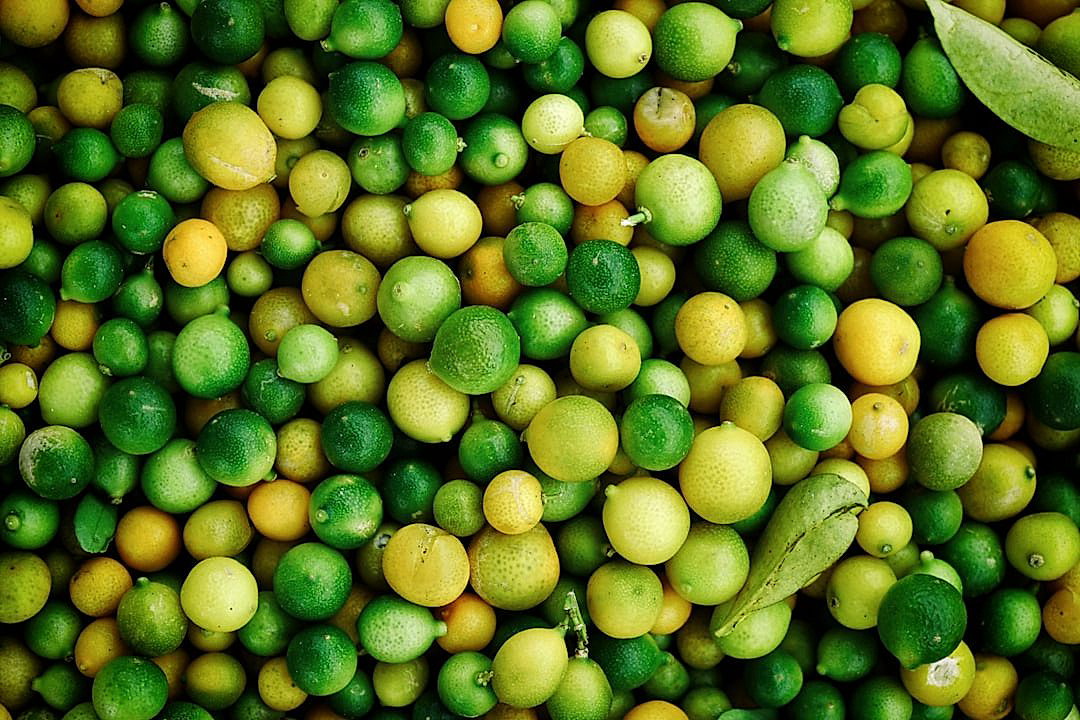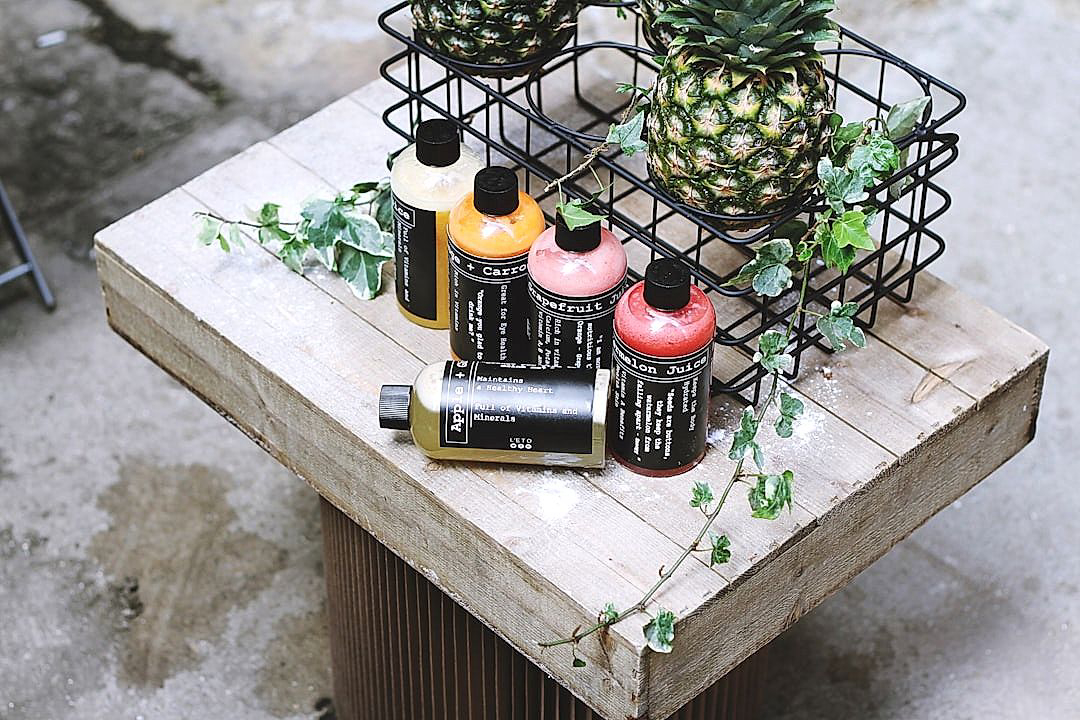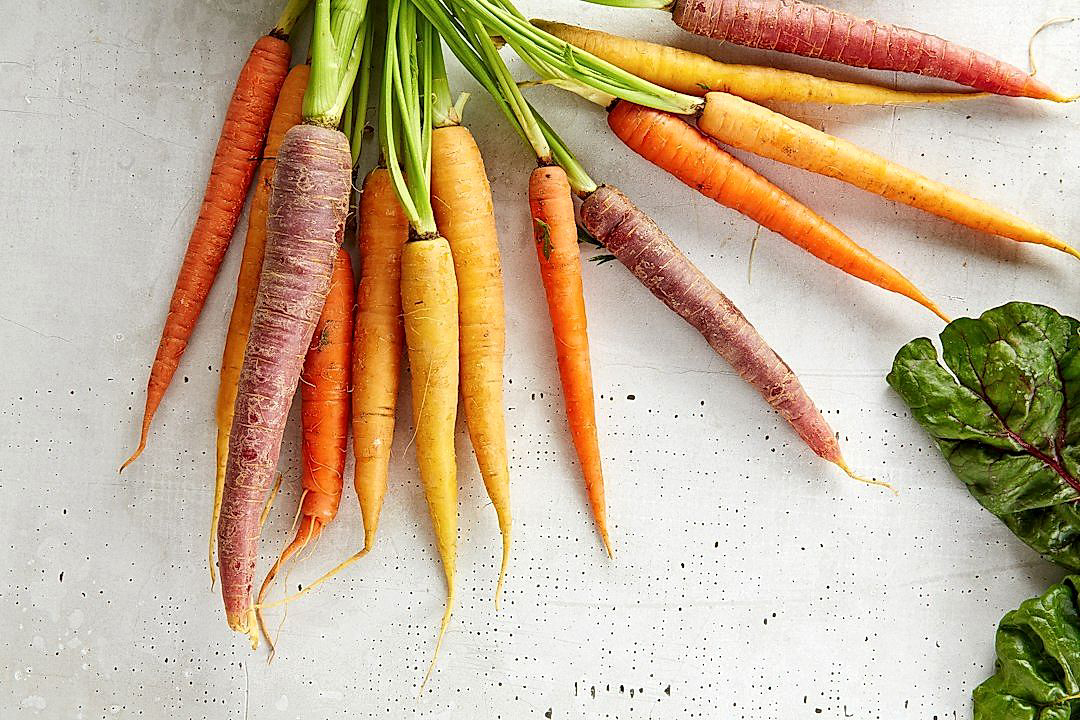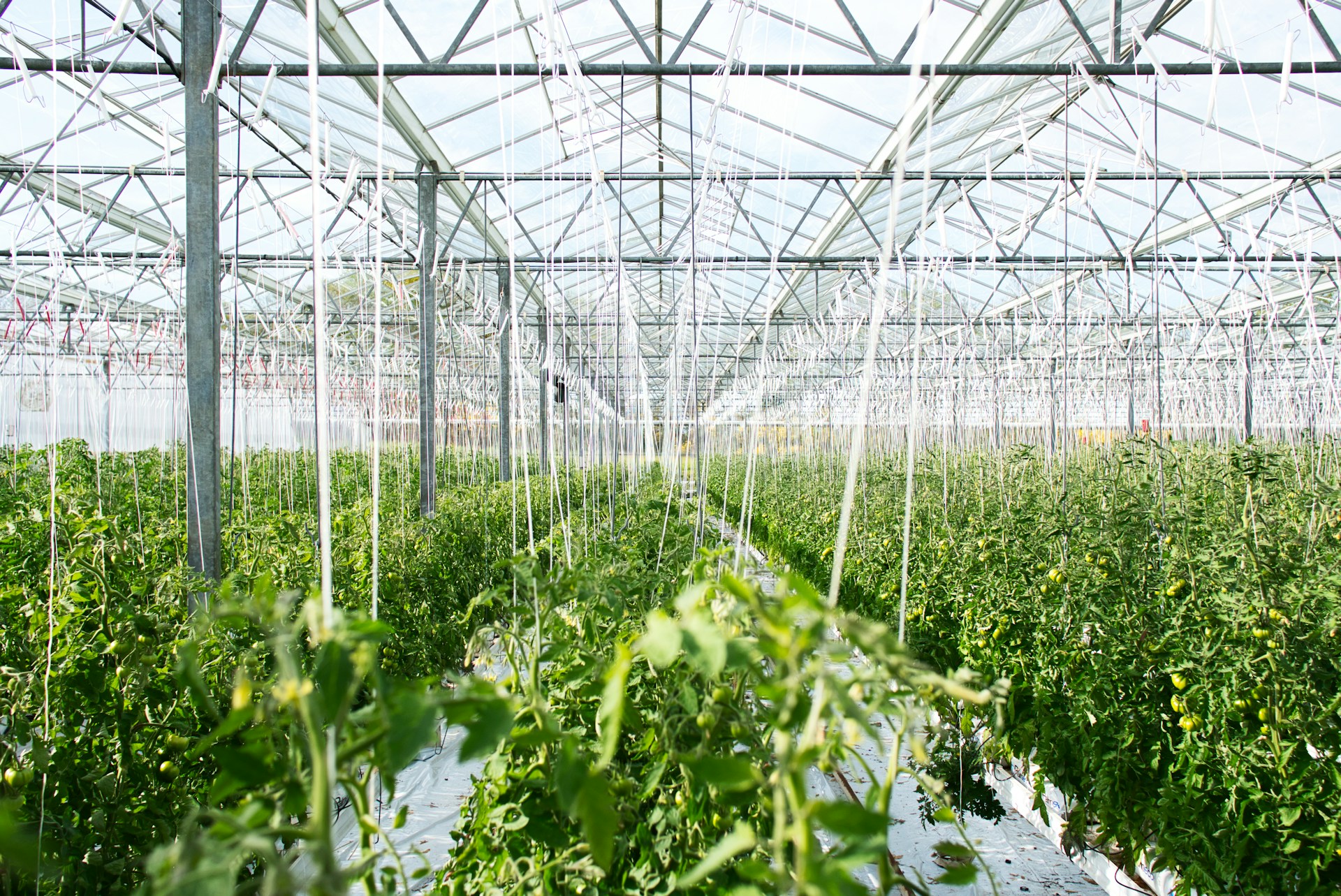In today’s rapidly changing marketplace, the dynamics of consumer behavior is constantly shifting.
More than ever, discerning shoppers demand more from their produce packaging, reflecting their evolving lifestyles, values, and preferences.
These shifts present an array of challenges and opportunities for businesses within the agricultural sector.
A strong understanding of these trends is crucial for companies to stay competitive.
In this regard, sustainability, convenience, and product integrity are proving to be of top priority.
As we delve deeper into this topic, we will highlight the prevailing consumer demands impacting the field of produce packaging.
Evolving Consumer Demands In Produce Packaging
1. Sustainable and Eco-Friendly Packaging Materials
As we delve into consumer evolving demands in produce packaging, a major trend that has surfaced is the growing preference for sustainable and eco-friendly packaging materials
Today’s consumers are more environmentally conscious than ever before, reflecting their choices not just in the products they buy, but also in the packaging of these products.
They are increasingly leaning towards packaging that minimally impacts the environment.
The rise in awareness about environmental degradation and the role of non-renewable, non-biodegradable materials in contributing to this, has led consumers to seek out more sustainable options.
Produce packaging made from materials like recycled plastic, biodegradable plastic, paper, and cardboard are becoming highly sought-after, as they align with consumers’ sustainable living goals.
Such packaging materials not only reduce the strain on natural resources but also ensure that the end product is capable of fully decomposing, further lessening their environmental footprint.
Moreover, sustainable and eco-friendly packaging also comes with the added benefits of being lightweight and durable, thereby, protecting the products better and reducing transportation costs.
There is also a growing trend of consumers willing to pay a premium price for products with sustainable packaging, signifying a potential profit avenue for businesses taking this route.
The need for sustainable and eco-friendly packaging materials is especially crucial for produce packaging as it directly relates to food consumption, and hence, human health.
Consumers perceive chemically-laden packaging materials as being potentially harmful to their health.
Thus, switching to packaging materials that are free of harmful toxins is seen as an essential step towards safer, healthier food consumption.
Around the world, laws are being drafted and enforced to encourage the use of environmentally-friendly packaging materials.
Countries are imposing bans on materials like single-use plastics, therefore forcing producers to adopt more eco-friendly alternatives.
This combination of consumer demand, health benefits, and regulatory push is driving a major shift towards sustainable and eco-friendly produce packaging materials.
While the initial cost of switching to sustainable materials can be high, the long-term benefits in the form of satisfied customers, increased sales, and reduced environmental impacts, make it a worthwhile investment.
In conclusion, sustainable and eco-friendly packaging materials are no longer a mere option, but a necessity in light of evolving consumer demands in produce packaging.
2. Increased Demand for Convenient, Ready-to-Eat Packaging
The modern world is increasingly characterized by fast-paced lifestyles and a focus on convenience. Therefore, there’s a growing demand for ready-to-eat, convenient packaging of fruits and vegetables.
This has led to the emergence of various innovative packaging technologies that are designed to cater to this demand.
The growth in the popularity of single-serving size packages is one apparent consequence of this trend.
Consumer purchasing habits have changed significantly, and one-stop grocery shopping is no longer the norm. Instead, more and more consumers are buying fresh produce in smaller quantities on a more frequent basis.
This shift has opened up new opportunities for manufacturers to introduce innovative packaging solutions that cater specifically to the evolving consumer demands.
One example of this is the use of packaging materials that are designed to prolong the shelf-life of the produce, while still keeping it fresh and appealing.
This not only adds value to the product but also helps in reducing food wastage.
Therefore, it’s not surprising to find that many consumers are willing to pay a premium for produce that comes in ready-to-eat packaging.
Another aspect to consider is the integration of convenience with healthier food options. Nowadays, consumers are not just looking for ready-to-eat options, but they are also demanding healthier alternatives.
This has resulted in the emergence of value-added products such as pre-cut fruits and vegetables, which come in convenient, ready-to-eat packages.
Moreover, the inclusion of useful information on the packaging such as nutritional facts, recipe ideas, and cooking instructions has been well-received by consumers.
Customized packaging that is specially designed to cater to specific consumer segments, such as children or the health-conscious, has also gained popularity.
The trend of portable and resealable packaging has been another significant development in the packaging industry.
Despite these developments, it should be noted that concerns regarding the environmental impact of packaging materials have also risen alongside the trend of convenience packaging.
This has led to a surge in the demand for sustainable and eco-friendly packaging solutions to strike a balance between convenience and caring for the planet.
3. Smaller, Single-Serving Packaging Options
The evolving consumer demands in produce packaging are significantly reflective in the increasing preference for smaller, single-serving packaging options.
This trend underscores the shift in lifestyle patterns of the modern-day consumer primarily dictated by convenience and health consciousness.
Smaller, single-serving packaging allows consumers to enjoy fresh produce in controlled portions, thereby reducing waste and maintaining a healthy diet.
Indeed, single-serving packaging has metamorphosed from being merely an attractive packaging option to being a necessity for the health-forward, busy consumer.
As the pace of life accelerates, consumers find it more convenient to opt for ready-to-eat, portion-controlled produce.
Moreover, for people living alone, such smaller packaging options are a sensible choice as it can drastically cut down food waste generated.
Another significant advantage of single-serving packages is that they can extend the shelf life of the produce, providing an extended optimal eating experience.
These packages can keep each portion individually sealed and fresh, reducing the chance of contamination or spoilage of the entire pack if not consumed promptly.
The packed format also facilitates ease of transport and storage, a convenience that is highly valued by today’s on-the-go population.
From a marketing perspective, single-serving packages also offer enhanced visibility on the retail shelf, which can increase the product’s attractiveness to potential buyers.
Moreover, this packaging trend aligns well with the growing consumer consciousness towards sustainable packaging materials as smaller packages generally use less material than bulk packaging.
Nevertheless, the packaging industry needs to ensure that these single-serving options are designed and manufactured with sustainable materials to minimize environmental impact while meeting consumer demands.
Furthermore, consumers are willing to pay a premium for convenience and sustainability, making single-serving packaging a profitable trend in the long run.
Therefore, smaller, single-serving packaging options cater to multiple demands of the modern consumer; providing convenience, reducing waste, enhancing freshness, and supporting sustainability.
Given the myriad of benefits offered, it’s anticipated that the popularity of single-serving packaging will continue to surge in the years to come.
4. Transparent Packaging to Showcase Freshness
In the ever-evolving landscape of consumer demands for produce packaging, one emerging trend is the increasing preference for transparent packaging.
This particular preference is driven by the consumer’s desire to scrutinize the freshness of the product before finalizing their purchase.
As a result, food manufacturers and packaging companies are compelled to innovate and develop packaging designs that allow a clear view of the product.
Transparent packaging not only serves to provide customers with a visual assurance of product freshness, but also acts as the silent salesman showcasing the product’s inherent quality.
Transparent packaging creates a window into the product’s freshness and quality, adding a dimension of trust and confidence for discerning consumers.
Industries are increasingly opting for clear plastic or glass containers, shrink-wrapped trays, and high-clarity films and bags to meet this demand.
These packaging materials are designed to be both sturdy and transparent, ensuring product protection while allowing visibility.
Moreover, the move towards transparency in packaging aligns with the broader trend of consumers seeking authenticity and honesty from brands.
This visibility-driven packaging design is not just limited to the fresh produce section or the dairy aisle but is being embraced across various categories of consumer products.
Even for packaged food items like canned goods or boxed meals, a small transparent window exhibiting the product can make a substantial difference in consumer perception and purchase decisions.
Additionally, increased transparency in produce packaging also opens up possibilities for creative branding and marketing.
The use of clear packaging allows the product itself to take the center stage, making the inherent quality and freshness of the product the primary focus of marketing and shelf-appeal.
It is also worth noting that while the desire for transparent packaging is largely a customer-led demand, it also caters to the requirements of retailers who wish to reduce the incidence of product returns and complaints.
In conclusion, as the move towards transparent packaging continues to gain traction, brands and packaging companies need to explore innovative and sustainable materials that allow for product visibility without compromising on product safety and quality.
Therefore, the push for transparent packaging is expected to become an increasingly pivotal theme in the evolution of consumer demands within the realm of produce packaging.
5. Packaging with Improved Safety Features
With the continuous progression in the food industry, there has been a substantial shift towards packaging solutions with improved safety features.
The focus on safety has been amplified by an increase in the incidences of foodborne illnesses and recalls.
In response to these health concerns, not only the packaging manufacturers, but also the consumers are now taking note of the kind of materials used in food packages.
This trend has forced manufacturers to focus more on producing safer, toxin-free packaging materials.
One of the benefits of this approach is the reduction of the risks that could lead to health complications among consumers.
As a result, the industry is now keen on integrating technologies and materials that can ensure food safety during storage and transport.
Innovation in packaging has also necessitated the use of smart packaging methods that can trigger alarms if food gets contaminated.
The development of such packaging is infused with the concepts of sophistication, technology, and safety.
Smart packaging systems can include features like time-temperature indicators, gas indicators and even anti-microbial packaging materials.
The ability of smart packaging to detect, sense and record changes in product quality and safety conditions can provide crucial benefits within the food supply process.
When utilizing such methods, producers ensure that the produce being delivered is not only fresh but also safe for consumption.
It is safe to say that this emphasis on improved safety in packaging represents a crucial shift, not just in terms of maintaining produce integrity, but also in ensuring the health and well-being of consumers.
With the increased demand for safer packaging options, it has become crucial for companies to innovate and match up to the consumer expectations.
This implies examining new materials, technologies, and processes that can improve safety elements in packaging.
As a result, packaging companies are investing more in research and development and forming cross-functional teams to ensure that the future of packaging aligns with the evolving consumer demands for safety and health considerations.
So, the trend is clear – improved safety is a major factor driving innovation in the packaging sector, and it is here to stay.
The Bottom Line
The packaging industry has been encouraging several advancements in the recent times, prioritizing sustainability and eco-friendliness at its forefront.
Meeting consumer demand, ready-to-eat packaging and smaller single-serving options have gained immense popularity.
Moreover, transparency in packaging has been a leading trend, allowing customers to attest the freshness of the product, while innovative safety features continue to improve overall user experience.
As this evolution continues, more transformative changes are anticipated, further reshaping the global packaging industry and influencing consumer buying behavior.




